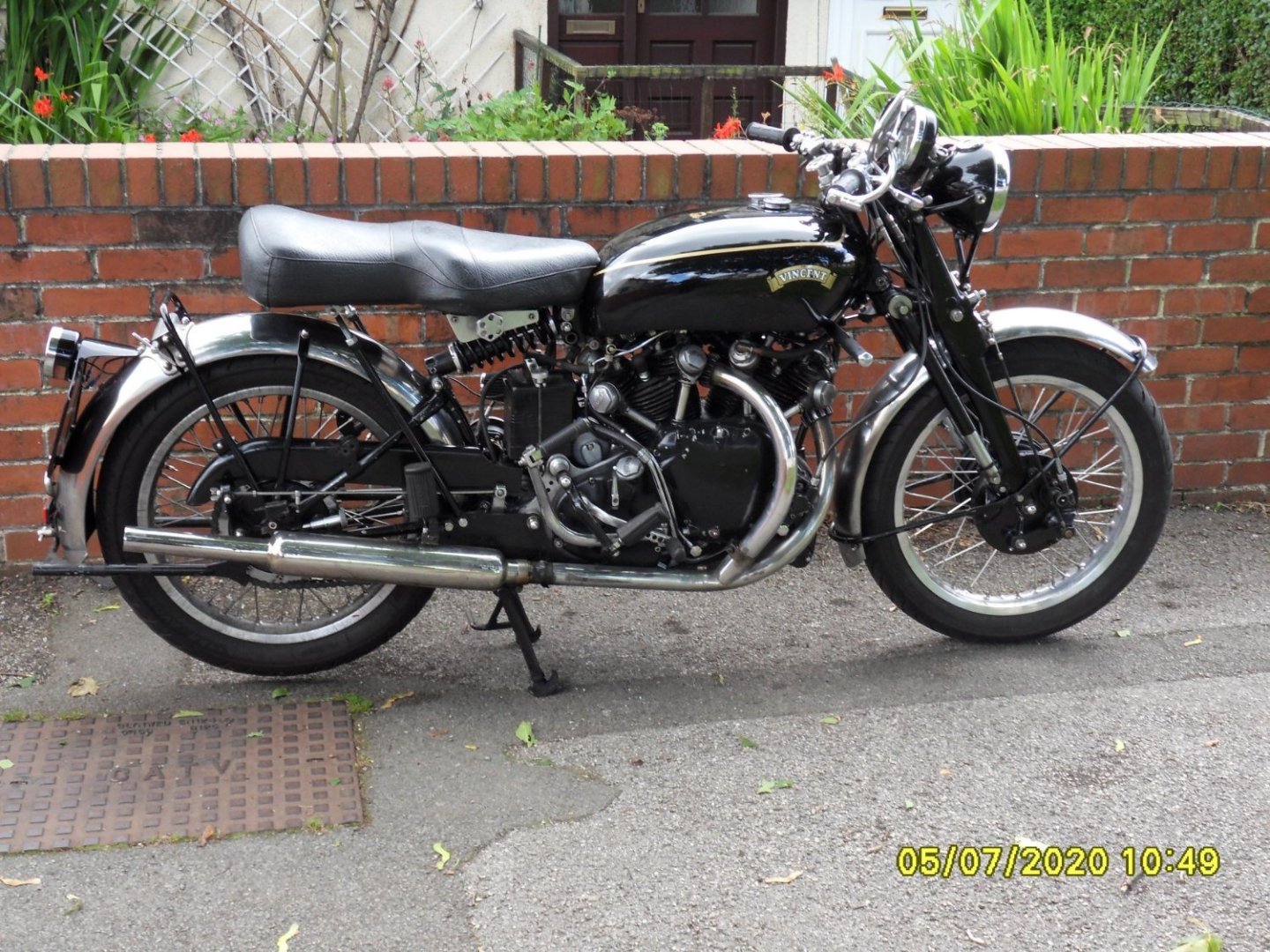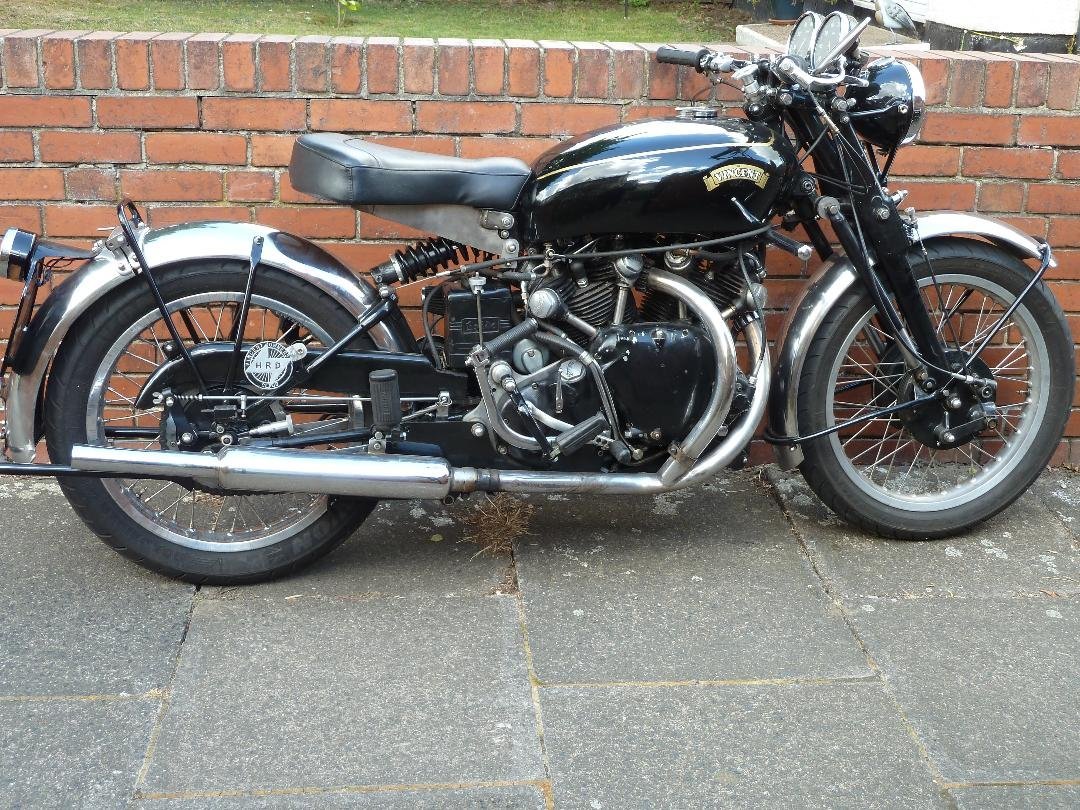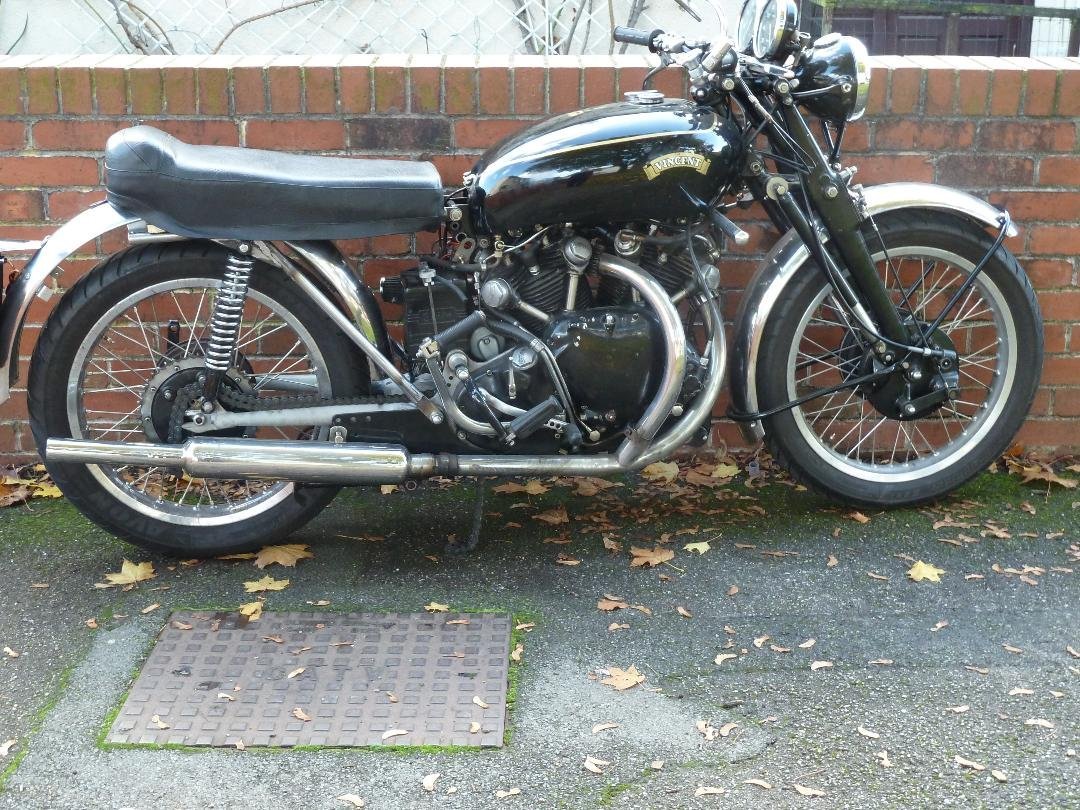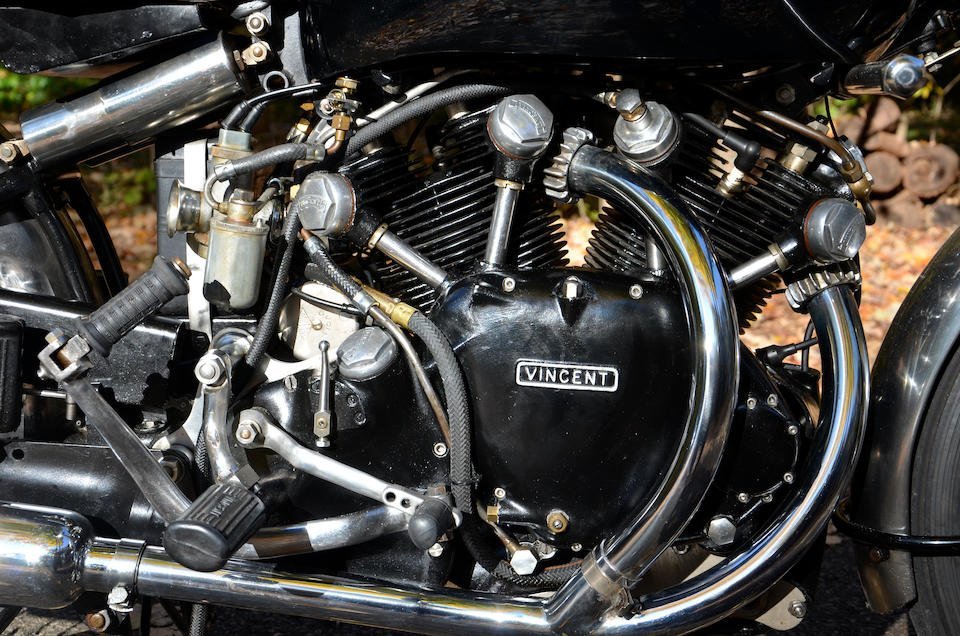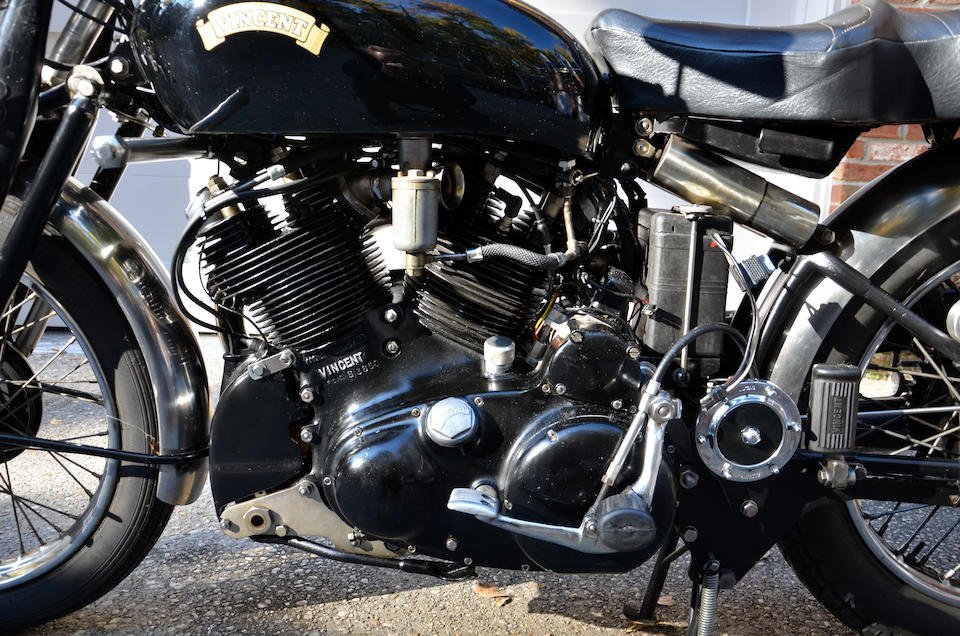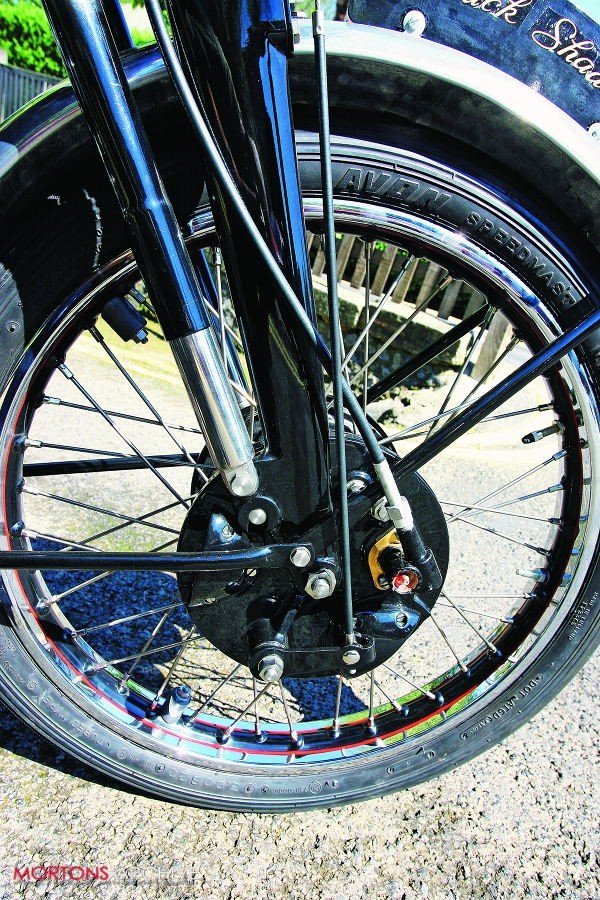-
Posts
1,275 -
Joined
-
Last visited
Content Type
Profiles
Forums
Gallery
Events
Everything posted by shipman
-

Bugatti Type 35B by CDW - FINISHED - Italeri - 1:12 Scale
shipman replied to CDW's topic in Non-ship/categorised builds
Thanks. Egilman, that's what I tried to describe. -

Bugatti Type 35B by CDW - FINISHED - Italeri - 1:12 Scale
shipman replied to CDW's topic in Non-ship/categorised builds
Pulling off a convincing bolt and lock-wire job at that scale would be something. Remember the wire is 2 strand twisted. Looking at the photo it appears each section of panel wiring is one continuous run; someone must have had fun with that. It's usual to wire bolts/nuts in pairs. There should be a diagonal bias, so the wire stops the fastener unwinding.....it's only reason for being there at all. -
Unfortunately Airfix have no interest in ships of any kind, especially sailing ships. Their classic kits must have been designed by probably one or two guys who had some influence. No doubt they were shown the door or retired. They did a good job, probably on a tight budget. It's a shame we'll never know who they were. I've been sporadically lobbying them for years with viable suggestions, yet never had the courtesy of a reply.
-
Don't know if its been mentioned:- the reason gratings were cambered was to help shed water when battened down with sail-cloth tarps. The 1 foot high coamings were to take the battens and their fittings (absent here). A splendid rendition BE.
- 648 replies
-
- Indefatigable
- Vanguard Models
-
(and 1 more)
Tagged with:
-

Lettering
shipman replied to bobc622's topic in Painting, finishing and weathering products and techniques
I made a good living as a graphic artist many moons ago. Letraset was always part of the 'stock in trade'. It was always expensive and covered a vast range of letter forms and other products. I still have a proper storage cabinet full of the stuff. On the rare occasion, when I need to dip into it it still works. Amazing, 40 years 'on the shelf'. (EDIT) DrPR gives a good description of a very useful technique. Success using Letraset or similar products depends on experience/practice. First you need to source the font in the size you need, hopefully in a suitable colour. Each and every carrier sheet can be variable in flexibility. If needed, the bond between letter and sheet can be pre-prepped by lightly burnishing the letter over the 'gloss' side of the backing sheet, so on actual placing the letter, it seems to glide off the carrier sheet. It's hard enough to apply instant lettering directly onto paper correctly; applying it directly onto a model's contoured surface will be a real faff, but it can be done. A proper burnisher is essential (not a biro or pencil). A failed or broken letter can be removed using drafting tape. Once each letter is applied satisfactorily, burnish it down using the backing sheet 'gloss' side down, before the next letter. Instant lettering remains relatively soft and is easily scratched; a clear coat is another essential part of the process. For a novice this will be a frustrating procedure, fraught with failures. It can take a long learning curve, but once done can seem like magic. The biggest problem is, after all your efforts, you run out of the last letter you need on the sheet and have to buy another complete sheet just to provide it. I trained several studio assistants; using Letraset was an essential skill, but a good proportion never did get the hang of it. -

Vincent Black Shadow by CDW - Revell - 1:12 Scale
shipman replied to CDW's topic in Non-ship/categorised builds
I believe the oil line referred to is actually a 'breather' pipe; not a standard fitting. Many Vincents can be found with subtle owner additions/modifications. The caps are indeed there to enable valve adjustment. My pal has been out on his Black Shadow today, attending a VOC meeting. He's a clever fellow and spent the winter converting the rear suspension to a more conventional configuration. I'll try and find a photo of that, but here is it as 'standard'. EDIT. These are 3 different seat/suspension conversions of the same Black Shadow. My pal, Chris has put a lot of effort developing suspension that is far superior to the standard set-up in every way. His seat sub-frame, giving proper isolation from rear wheel movement. His single seat version. His 'conventional' twin shock suspension, utilizing a very rare genuine George Brown 'Nero' swing arm. All produced during the last 12 months. -

Vincent Black Shadow by CDW - Revell - 1:12 Scale
shipman replied to CDW's topic in Non-ship/categorised builds
They did do a 'White Shadow' which looked almost identical to the standard 'Rapide', but with the big 8'' instruments. Here's some references; by picking out details lifts the looks. -

Vincent Black Shadow by CDW - Revell - 1:12 Scale
shipman replied to CDW's topic in Non-ship/categorised builds
''I don't mind you criticizing my long nipples, just don't try to rub them'' Just choked on y muffin LOL -
You are correct, invasion recognition stripes would have been last minute additions in the field, applied with a broad brush. If the Germans had known, they'd have applied them too, just to add confusion. There are plenty of period photo's illustrating how crude they could be. I wouldn't be surprised if some were painted in the dark! Preserved Warbird's have all their graphics stencilled or use vinyl applied these days. I know the US stencilled a lot of their markings, but the majority of British ones were hand drawn/painted. Perhaps a subtle difference to some, but today's practice isn't exactly authentic.
-

Vincent Black Shadow by CDW - Revell - 1:12 Scale
shipman replied to CDW's topic in Non-ship/categorised builds
Your spoke nipples are way too long, sorry. -

Vincent Black Shadow by CDW - Revell - 1:12 Scale
shipman replied to CDW's topic in Non-ship/categorised builds
Vincent's, being the last of the true quality British motorcycles retained the feature of the center of the rims painted black with a thin red pinstripe each side. There's a challenge for you. And there aren't 3 tyre valves, only one! The other two are internal clamps to stop the tyre creeping, which does rip the valve out! -

Vincent Black Shadow by CDW - Revell - 1:12 Scale
shipman replied to CDW's topic in Non-ship/categorised builds
A little tip... real wheels, alternate spokes thread through the hub flange from alternate sides so the spokes aren't directly in contact where they cross. -

Vincent Black Shadow by CDW - Revell - 1:12 Scale
shipman replied to CDW's topic in Non-ship/categorised builds
I bought my Matchbox Vincent mid 80's, though I think it had been around a while by then. Can't believe the asking price for these Revel kits on ebay, bearing in mind they could re-issue at the drop of a hat. -

Vincent Black Shadow by CDW - Revell - 1:12 Scale
shipman replied to CDW's topic in Non-ship/categorised builds
Nice little details, especially the wheels. -

Vincent Black Shadow by CDW - Revell - 1:12 Scale
shipman replied to CDW's topic in Non-ship/categorised builds
Looking forward to another of your builds. Originally this was a 'Matchbox' kit, which I abandoned in the 80's due to the brittle nature of the plastic, especially the numerous finer parts. My pal has a Shadow and a Norvin. I can vouch for how uncomfortable it is to ride pillion on the Shadow, The geometry of the seat structure means the passenger is pummeled by its rigid nature. Perhaps more of this later. -
The only way to get this aspect right is to lower the deck; something that needs to be tackled before anything else. To be honest, unless one is a C/S nerd, the lozenge panels are a true feature which would be nice to include, but the casual observer would be none the wiser if they are absent. However, there have been some impressive builds of this kit without them. If ever I could find the time to build my own, these details I really would try to portray. I've read about and researched the ship, including visits and conclude that as she is now, C/S is a brave interpretation. There are features that defy logic, much of which have been endlessly debated on this forum. Ultimately there is much we can never truly know. Each modeller can only do their best to represent a ship using available resources to their own satisfaction, without driving ones self into the realms of Autism.
- 89 replies
-
- Cutty Sark
- Revell
-
(and 2 more)
Tagged with:
About us
Modelshipworld - Advancing Ship Modeling through Research
SSL Secured
Your security is important for us so this Website is SSL-Secured
NRG Mailing Address
Nautical Research Guild
237 South Lincoln Street
Westmont IL, 60559-1917
Model Ship World ® and the MSW logo are Registered Trademarks, and belong to the Nautical Research Guild (United States Patent and Trademark Office: No. 6,929,264 & No. 6,929,274, registered Dec. 20, 2022)
Helpful Links
About the NRG
If you enjoy building ship models that are historically accurate as well as beautiful, then The Nautical Research Guild (NRG) is just right for you.
The Guild is a non-profit educational organization whose mission is to “Advance Ship Modeling Through Research”. We provide support to our members in their efforts to raise the quality of their model ships.
The Nautical Research Guild has published our world-renowned quarterly magazine, The Nautical Research Journal, since 1955. The pages of the Journal are full of articles by accomplished ship modelers who show you how they create those exquisite details on their models, and by maritime historians who show you the correct details to build. The Journal is available in both print and digital editions. Go to the NRG web site (www.thenrg.org) to download a complimentary digital copy of the Journal. The NRG also publishes plan sets, books and compilations of back issues of the Journal and the former Ships in Scale and Model Ship Builder magazines.





